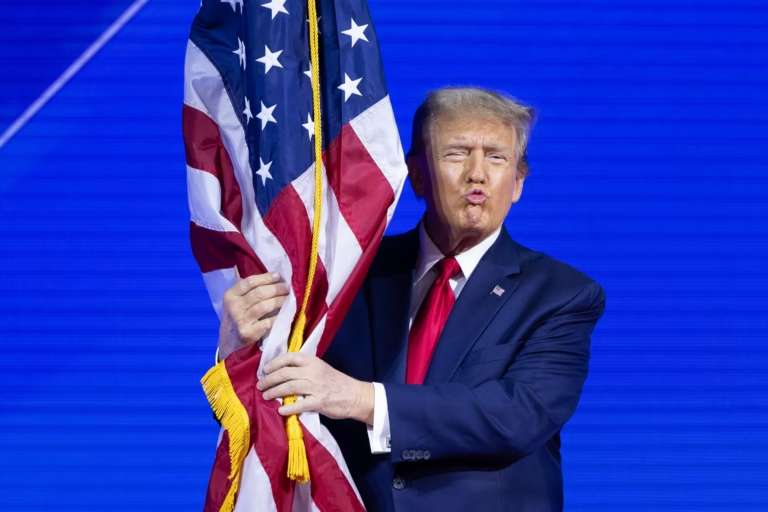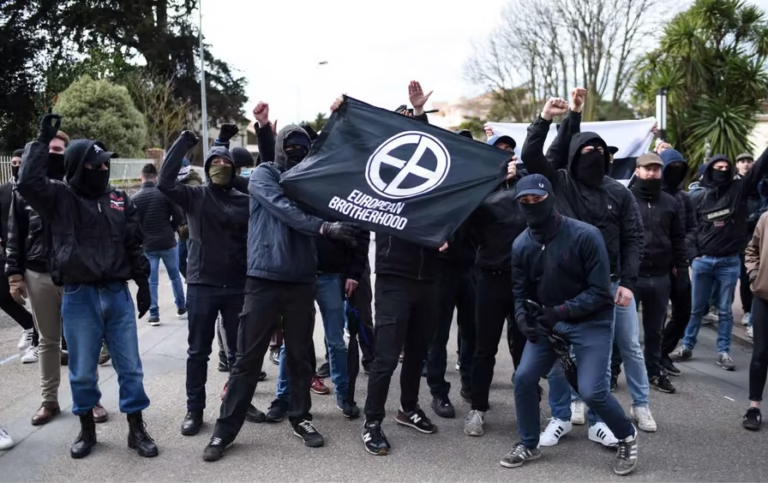In a concerted effort to address the ongoing conflict in Ukraine, European Union leaders convened a video conference on Wednesday morning. The primary agenda was to receive a firsthand account from French President Emmanuel Macron regarding his recent meeting with U.S. President Donald Trump in Washington. This dialogue comes ahead of an emergency summit scheduled for March 6, aiming to solidify the EU’s stance and actions concerning Ukraine.
Divergent Views on Ukraine’s Path to Peace
During their Oval Office meeting on February 24, Presidents Macron and Trump showcased differing perspectives on resolving the Ukrainian crisis. President Trump emphasized his ambition to conclude Russia’s war “within weeks,” advocating for a swift ceasefire. Conversely, President Macron cautioned against hasty agreements, referencing past ceasefires like the Minsk agreements that failed to bring lasting peace. He stressed the importance of a well-structured peace deal that includes security guarantees and is “assessed, checked, and verified.”
Clarifying Financial Commitments

(Emmanuel Macron meets with Donald Trump on a visit in US)
A notable moment during the discussions was President Macron’s clarification regarding financial aid to Ukraine. When President Trump suggested that Ukraine would reimburse the aid provided by the EU, Macron interjected, emphasizing that Europe has extended substantial support through “real money,” including loans and guaranteed grants. He highlighted that Europe holds $230 billion in frozen Russian assets, which could potentially be utilized to finance further assistance to Ukraine.
EU’s Unified Response and Future Actions
The video conference, convened by European Council President António Costa, lasted approximately 30 minutes and saw participation from all 27 EU leaders, including European Commission President Ursula von der Leyen. The discussions underscored the EU’s commitment to supporting Ukraine and strengthening European defense mechanisms. Plans are underway to establish a new common fund aimed at delivering both lethal and non-lethal aid to Ukraine, encompassing artillery, air defense systems, and training equipment. The exact value of this fund is anticipated to be finalized during the March 6 summit.
However, internal challenges persist. Hungary’s alignment with President Trump’s stance poses potential obstacles, as unanimous approval is required for the common fund’s establishment. President Costa recently engaged in discussions with Hungarian Prime Minister Viktor Orbán, whose government has expressed reservations about initiatives that might undermine U.S.-Russia negotiations.
Diplomatic Efforts Amidst Global Tensions
The urgency of these discussions is amplified by recent diplomatic activities, notably President Trump’s unexpected phone call with Russian President Vladimir Putin on February 12, conducted without prior coordination with Western allies. This move has prompted EU leaders to intensify consultations to maintain a unified front and reaffirm their commitment to Ukraine’s sovereignty and stability. The EU’s proactive approach reflects its understanding of the intrinsic link between European security and Ukraine’s territorial integrity.
In summary, as the March 6 summit approaches, the European Union is navigating complex diplomatic landscapes, striving to balance internal differences and external pressures. The collective goal remains clear: to support Ukraine effectively while ensuring the stability and security of the European continent.


